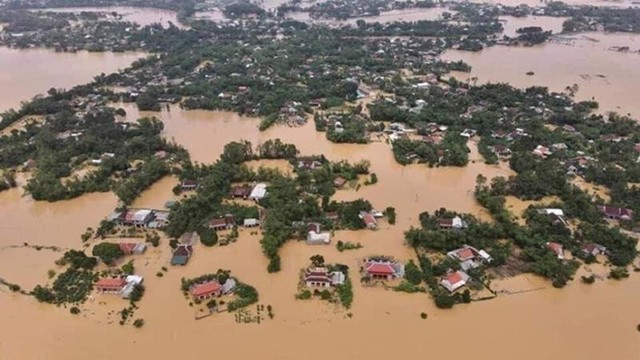Viet Nam ranks second in disaster preparedness worldwide
VGP - Viet Nam is ranked second among the top four countries in the world in natural disaster preparedness.

According to a global survey conducted by global analytics firm Gallup which has been released recently, 83 percent of households in Viet Nam said they had plans in response to emergency relating to natural disasters, higher than the global average of 38 percent.
Gallup surveyed 1,000 people in 142 countries in 2023. In response to survey questions, people from Southeast Asia - one of the most disaster-prone areas in the world - scored highly in preparedness, household planning and feelings of agency when it came to disasters.
Southeast Asia also ranks highly for its coverage of early disaster warnings. Among those who had experienced a disaster within the past five years, 74 percent of adults in Southeast Asia said they had received at least one early warning (from the internet/social media, local government, radio/TV/newspaper, or local community organization), above the global average of 70 percent.
Majorities of people in all Southeast Asian countries had received at least one disaster warning. In Viet Nam and the Philippines, coverage rates for early warnings are nearly universal, reaching 99 percent and 92 percent, respectively, according to the survey.
Viet Nam is one of the world's top five most vulnerable countries to climate change.
In the first seven months of this year, natural disasters left 111 people dead or missing, the highest number over the past 5 years, reported the Standing Office of the National Steering Committee for Natural Disaster Prevention and Control.
The above figure is nearly three times higher than the same period in 2023 (27 people died and went missing).
From the beginning of this year, Viet Nam suffered 21 out of 22 types of disasters with 636 natural calamities, including storms, flash floods, landslides, tornadoes and lightning.
In its country climate and development report, the World Bank estimates climate change cost Viet Nam about 3.2 percent of its GDP in 2020 and could deprive it of as much as 12-14.5 percent of GDP by 2050 without concerted climate action./.
